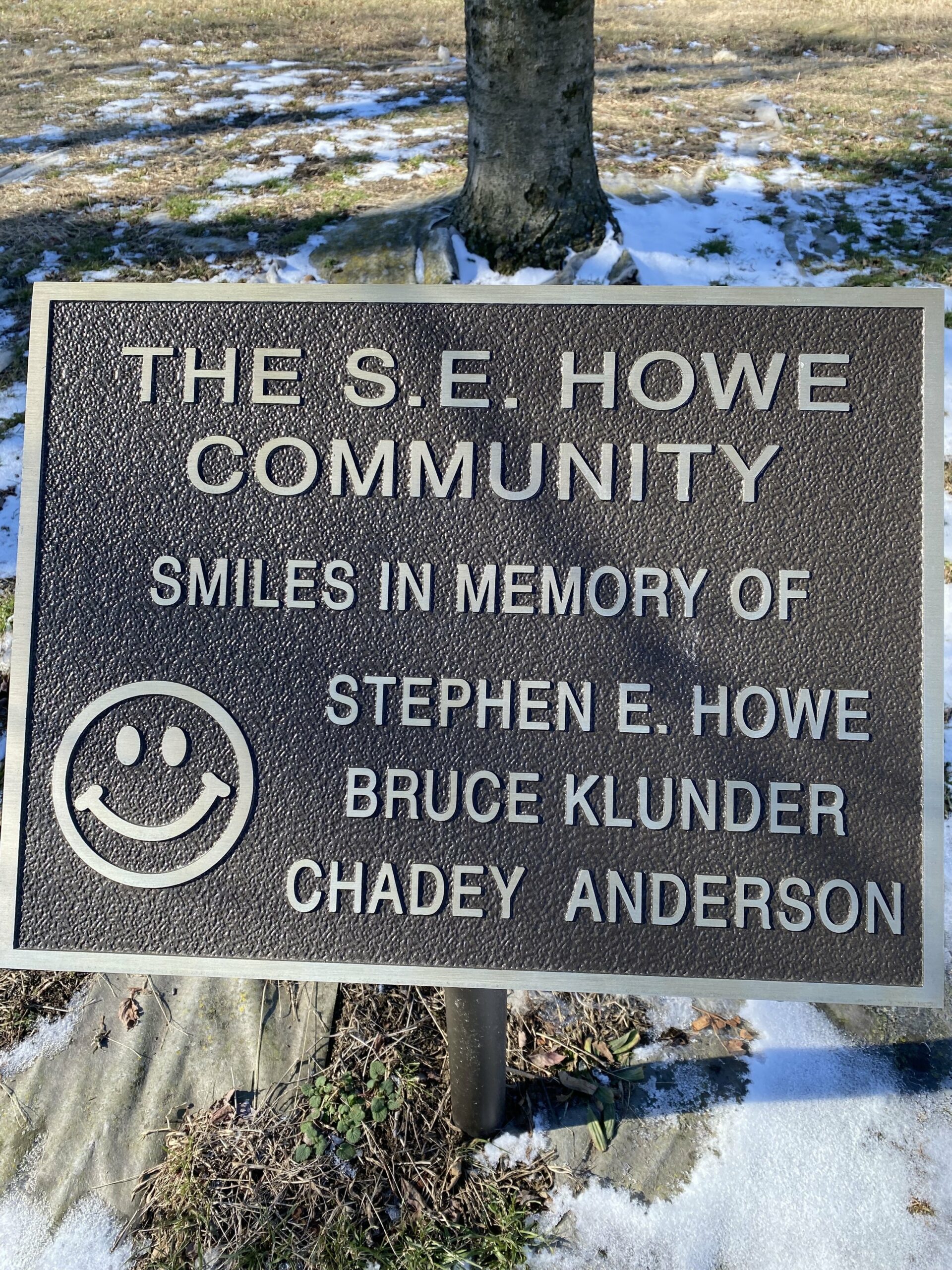Ever wonder where so many historical events happened around town? Or how Cleveland history helped shape the country’s larger history? This academic year, Teaching Cleveland is on a quest to uncover some hidden history gems for you – places where events took place that helped influence this unique community and beyond. And hey – if you didn’t know about any of these, don’t kick yourself! These are places that have no historical markers telling anyone anything about it.
It happened here: Bruce Klunder becomes a martyr fighting segregated schools
What? A site where civil rights activists tried to halt segregation
Where? 1000 Lakeview Road, in the Glenville neighborhood of Cleveland
If you have never heard of the name Bruce Klunder, you’re probably not alone. And yet, his name is one of only 41 martyrs inscribed in the famous Civil Rights Memorial in Montgomery, Alabama.
Bruce Klunder was among a number of protesters attempting to stop the construction of Stephen E. Howe elementary school in 1964, part of the Cleveland Public Schools’ attempt to ease overcrowded schools in predominantly Black neighborhoods. The construction plan emerged during a tense period of years when Black parents and Civil Rights activists pressured school officials to address inequitable policies that were clearly putting Black children behind their white peers. Following riots in Little Italy a few months earlier, the district’s school construction plan in Black neighborhoods was its response to white parents who had protested the busing of Black students and their teachers to predominantly white schools (which had been underutilized) in white neighborhoods. Demonstrators saw the school construction as an attempt to continue to segregate the schools.
On April 7, 1964, a group of approximately 1,000 demonstrators tried to stop construction workers from doing their work. The protesters were greeted by dozens of police officers, who had already arrested 21 people the day before. In the melee, some laid down in front of a bulldozer, and unbeknownst to the bulldoze driver, Klunder lay down behind it. The driver, John White, saw the demonstrators in front of the bulldozer, stopped, and reversed the machine, crushing Klunder immediately.
At the time of his death, Klunder, who was white, served as the leader of the local Congress on Racial Equity (CORE), was 27 years old, and the father of two young children. The next day, more than 2,000 people attended his memorial. The events sparked city-wide activism, as CORE and the United Freedom Movement called for an economic boycott of white-owned businesses and a one-day boycott of the Cleveland Public Schools. Eventually, the construction plan of the schools, which hardened racial segregation in the Cleveland Public Schools, would be used as evidence in the 1973 NAACP court case Reeds v. Rhodes. In 1976, Judge Frank Battisti found that Cleveland schools officials had maintained a “dual system” based on race, ultimately leading to a series of desegregation orders.

Today, the site of so much violence and turmoil sits quietly as an open field, with only a hint of what took place there almost 60 years ago. In 2005 the school closed because of declining enrollment, and the Cleveland schools ordered it to be razed in 2013. A sign indicating the site as part of the “S.E. Howe community” highlights Stephen E. Howe, who also died in 1964. Howe had served as the Cleveland schools’ former supervisor of adult education. The sign also includes the name of Chadey Anderson, who in 1993 was shot and killed at age 6 as the result of a stray bullet from a nearby gunfight. Right next to the sign is the only sign of life on the sacred site that had witnessed so much death – a maple tree planted in 1993 to honor Anderson.
